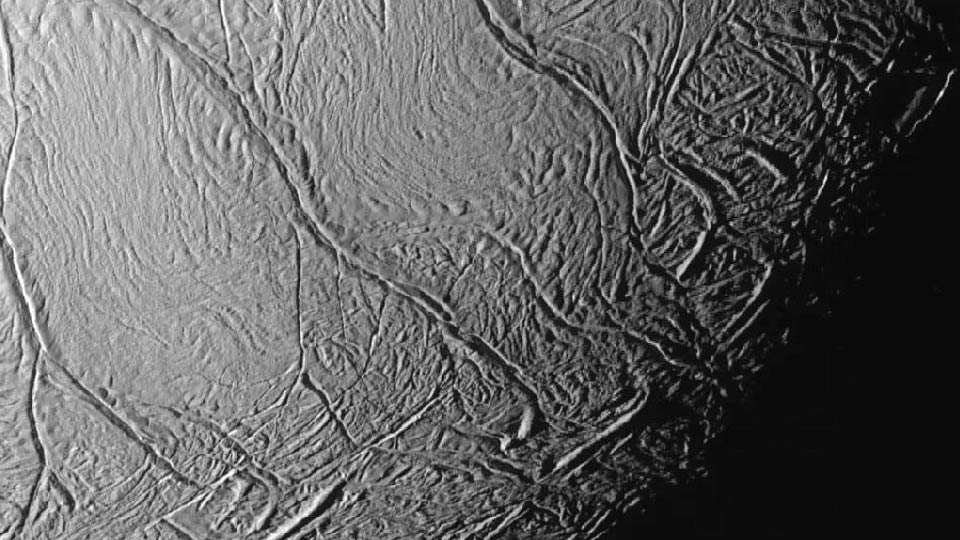IJMS, Vol. 24, Pages 5656: Zebrafish as a Model of Cardiac Pathology and Toxicity: Spotlight on Uremic Toxins
International Journal of Molecular Sciences doi: 10.3390/ijms24065656
Authors: Annapaola Coppola Patrizia Lombari Elvira Mazzella Giovanna Capolongo Mariadelina Simeoni Alessandra F. Perna Diego Ingrosso Margherita Borriello
Chronic kidney disease (CKD) is an increasing health care problem. About 10% of the general population is affected by CKD, representing the sixth cause of death in the world. Cardiovascular events are the main mortality cause in CKD, with a cardiovascular risk 10 times higher in these patients than the rate observed in healthy subjects. The gradual decline of the kidney leads to the accumulation of uremic solutes with a negative effect on every organ, especially on the cardiovascular system. Mammalian models, sharing structural and functional similarities with humans, have been widely used to study cardiovascular disease mechanisms and test new therapies, but many of them are rather expensive and difficult to manipulate. Over the last few decades, zebrafish has become a powerful non-mammalian model to study alterations associated with human disease. The high conservation of gene function, low cost, small size, rapid growth, and easiness of genetic manipulation are just some of the features of this experimental model. More specifically, embryonic cardiac development and physiological responses to exposure to numerous toxin substances are similar to those observed in mammals, making zebrafish an ideal model to study cardiac development, toxicity, and cardiovascular disease.

 1 year ago
27
1 year ago
27


